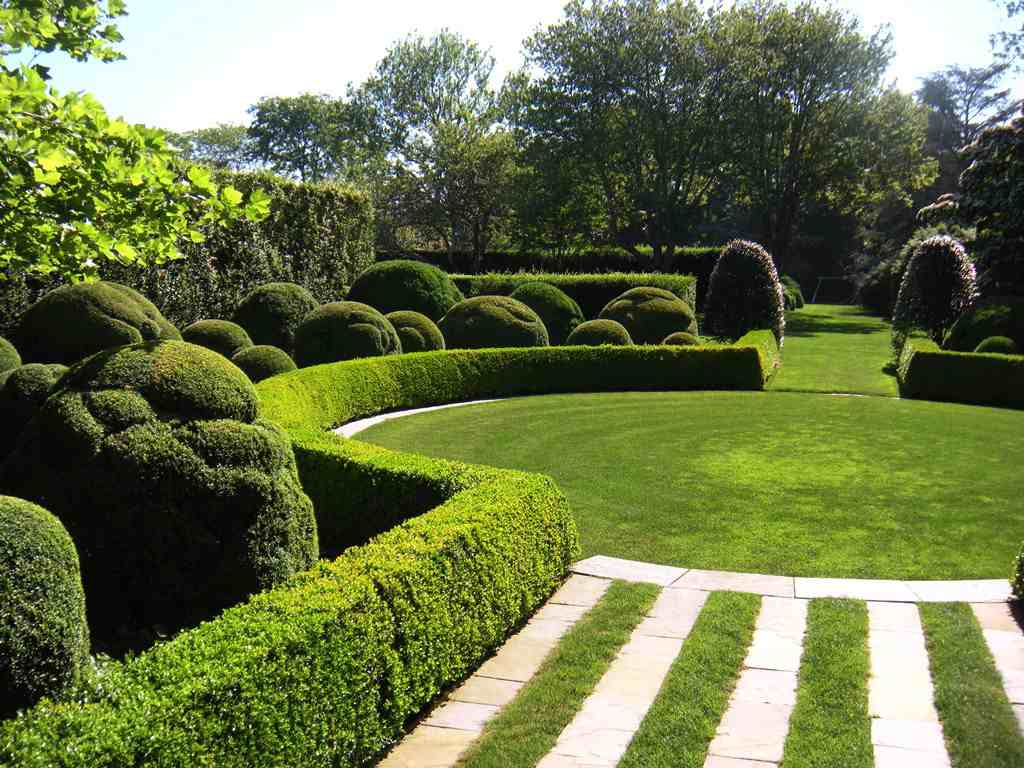THANK YOU FOR VISITING
We have closed TopBuxus USA. You can still call us for questions on your prior product purchases or boxwood issues at 1-888-626-2077.
Go check out our new website geogo Soil Solutions to discover our even better products that are coming for boxwood and other plants.
